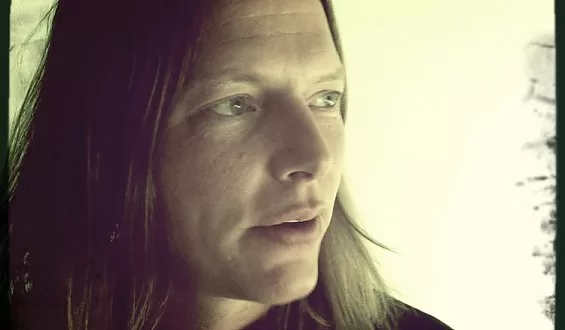Netflix’s journey into Narnia continues to take shape, and one of the latest talents to step through the wardrobe is acclaimed production designer James Chinlund. With a résumé that reads like a who’s who of visually stunning films—including Jon Favreau’s The Lion King, Matt Reeves’ The Batman, and The Avengers—Chinlund is no stranger to crafting immersive worlds that feel both grand and grounded.
But here’s where things get interesting. While Chinlund has worked on everything from dystopian futures (War for the Planet of the Apes) to superhero epics (The Avengers), bringing The Chronicles of Narnia to life presents an entirely new kind of challenge. Narnia isn’t just another fantasy realm—it’s a place rich with history, deep themes, and a unique blend of childlike wonder and mythological depth.
So, what does his hiring tell us about Netflix’s approach? If anything, it suggests a serious commitment to world-building. Chinlund excels at blending the fantastic with the tangible, and that’s exactly what a film like The Magician’s Nephew—which we suspect will be the first adaptation—demands. From the desolate ruins of Charn to the breathtaking creation of Narnia itself, the story is packed with locations that need to feel both real and magical.
Chinlund’s role will be pivotal. As production designer, he’ll shape the visual language of the film, overseeing the design of sets, props, and costumes while working closely with Greta Gerwig and the cinematographer to define Narnia’s cinematic look. If his past work is any indication, we’re in for a visually stunning take on Lewis’s world—one that respects its literary roots while making full use of modern filmmaking technology.
With filming set to begin in 2025, fans will have to wait to see exactly how this all comes together. But one thing’s for sure—Netflix is assembling a team with serious artistic vision. Will this be the Narnia adaptation we’ve been waiting for? Only time will tell, but with Chinlund on board, the odds just got a lot more interesting.
NarniaFans.com writer Jonathon Svendsen also wanted to weigh in with his thoughts on this addition:
Thanks, Paul.
I have to say, this helps thread the proverbial needle in the right direction for me. For me, I always felt that the creation of Narnia scene needs to be like The Genesis planet in Star Trek II The Wrath of Kahn meets the arrival on the Island in Jurassic Park when Grant, Ellie, and Malcolm see the Brachiosaurs for the first time times 12. On top of that, Lewis describes the Wood Between the Worlds as having an almost sleepy, dream-like quality as if maybe this wood were the space between spaces, between fantasy and reality, dreams and waking, and with it the potential for millions of worlds upon worlds. As for Charn, not only do we have a post-apocalyptic wasteland, but we have a dying world with a blood-red sun looming overhead. It should “look” and “feel” cold, in the same way, Krypton, another doomed world in fiction with a red sun done in by the hubris of its leaders, often does.
Just looking at Chinlund’s filmography shows he’s done a wide variety of highly imaginative and visually creative projects. Paul already did a great job talking about Chinlund’s work on such franchises as The Lion King, The Avengers, The Batman, and The Planet of the Apes but I want to draw attention to his work on a different movie that demonstrates how perfect he might be on cinematography for Narnia. –The Fountain– Now, while I’ll admit that while I’m no big fan of some of Aaronofsky’s films ( Noah in particular) I can’t help but appreciate the dream-like quality some of his films have. The fact that Chinlund has experience working with a filmmaker known for surreal imagery conveys to me a sense that, if rumors are true that we are starting with The Magician’s Nephew, we might be able to perfectly realize the grand scale of the creation of Narnia, the dream-like quality to the Wood Between the Worlds, the eerie mystery of Charn and the realism of Victorian London.

